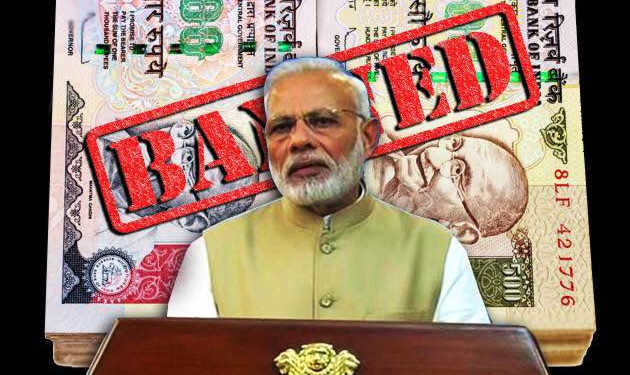Another year is about to end, Demonetisation certainly was one of the most, if not the most, debated topic throughout the year. Like so many other writers who write about Economy and Policy, I spent a considerable amount of time analysing the merits and demerits of demonetisation and penning my thoughts about the same. Well, rest assured, I’m not going to bore you to death with another article on benefits or downsides of demonetisation.
I am going to discuss the by-product of demonetisation, the infamous pink notes: The Rs 2000 Currency Notes
Even though majority of economists supported ‘demonetisation, one major gripe they had was the high denomination currency notes Rs 2000 note, understandably so. If the very purpose of the move is to target cash hoarders, who usually hoard cash in higher denominations, it doesn’t make so much of sense to introduce yet another higher denomination note. In some ways, it was a trade-off Government/RBI had to make. One alternative that they had was waiting long to print alternate lower denomination notes, but it could potentially lead to leakage of the plan, thereby rendering it useless. Hence, they went ahead with printing higher denomination notes which took much lesser time to print and the element of surprise remained intact. The Rs 2000 note also helped in providing immediate relief to the cash starved citizens of India. It’s not that policy makers were not aware of the downsides of yet higher denomination note, but it’s the trade-off they chose to make.
Now that we are out of liquid crunch created by demonetisation, are policy makers/RBI planning to retire Rs 2000 notes?
We will learn the answer to that question in the later part of the article, but first let us try to understand currency cycle. In normal times (remember, demonetisation was a one-off policy), RBI prints fresh currency notes, supply it to the banks then banks circulate them to general public. Banks upon receiving currency notes that are torn-off or mutilated in any way, surrender them to the RBI. RBI then prints fresh currency value equivalent to the surrendered soiled notes. This is a continuous process. It is important to understand that RBI always mints equivalent aggregate value of surrendered notes but not necessarily equivalent denomination notes, unless there is special requirement.
And, it ‘seems’ that the RBI is not minting enough pink notes to keep them afloat in the market. I am sure you have observed that Rs 2000 notes are increasingly becoming fewer.
since its introduction Rs 2000 has always been surrounded by speculations that it is more of a temporary measure to inject the much needed quick liquidity. In the month of December 2016 itself, S Gurumurthy said that Rs 2000 notes will be phased out of circulation eventually and that it was temporary measure to remonetize quickly. On July 26, Samajwadi Party’s Naresh Agarwal accused the government, “The government has taken the decision to scrap Rs 2000 bills and RBI was given orders to not to print any more Rs 2000 note without announcing it in the house”. However, finance minister chose to remain silent on the accusations, so, we are out of any official word.
Just before the announcement of demonetisation, on Nov 4th, we had a total of 17.97 lakh crore Rupees in circulation. Currently, it is over 90% of the pre-demonetized level. Hence, not-so-surprisingly, currency with the public has also reached pre-demonetisation levels. It was 95.7% before November 2016 and it is about the same level now. That means, out of every Rs 100 in circulation, Rs 95.7 is with public and remaining with the banks. Recently SBI came up with a detailed report on disappearance of Rs 2000 notes in the market.
According to the RBI report, which was based on the report submitted by Ministry of finance in Lok Sabha, RBI printed 16,957 million Rs 500 notes amounting to Rs 8,478 billion and 3,654 million Rs 2000 notes amounting to Rs 7,309 billion as on Dec 8. By comparing RBI annual report with the report presented in Lok Sabha, Economists have concluded that about Rs 2,463 billion (which is a fairly conservative estimate by the way) was printed but never made it to the markets and most likely those are the Rs 2000 notes. They have concluded that pink notes are going to disappear, sooner than you expect. They have also noted that smaller denomination notes’ share has touched a high of 35% in overall circulation.
All the complicated calculations aside, what does that mean to you/me? Nothing significant, in fact. Certainly, Neither Government nor RBI is not going to play with the idea of another demonetisation of Rs 2000 bills. However, Rs 2000 notes were destined to face their natural demise right from the day of their introduction. It seems Pink Bills have got the Pink slip.































